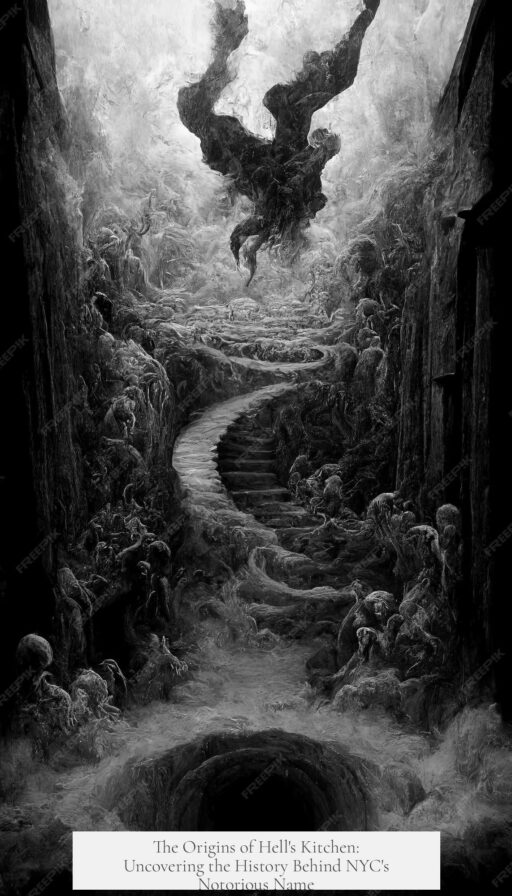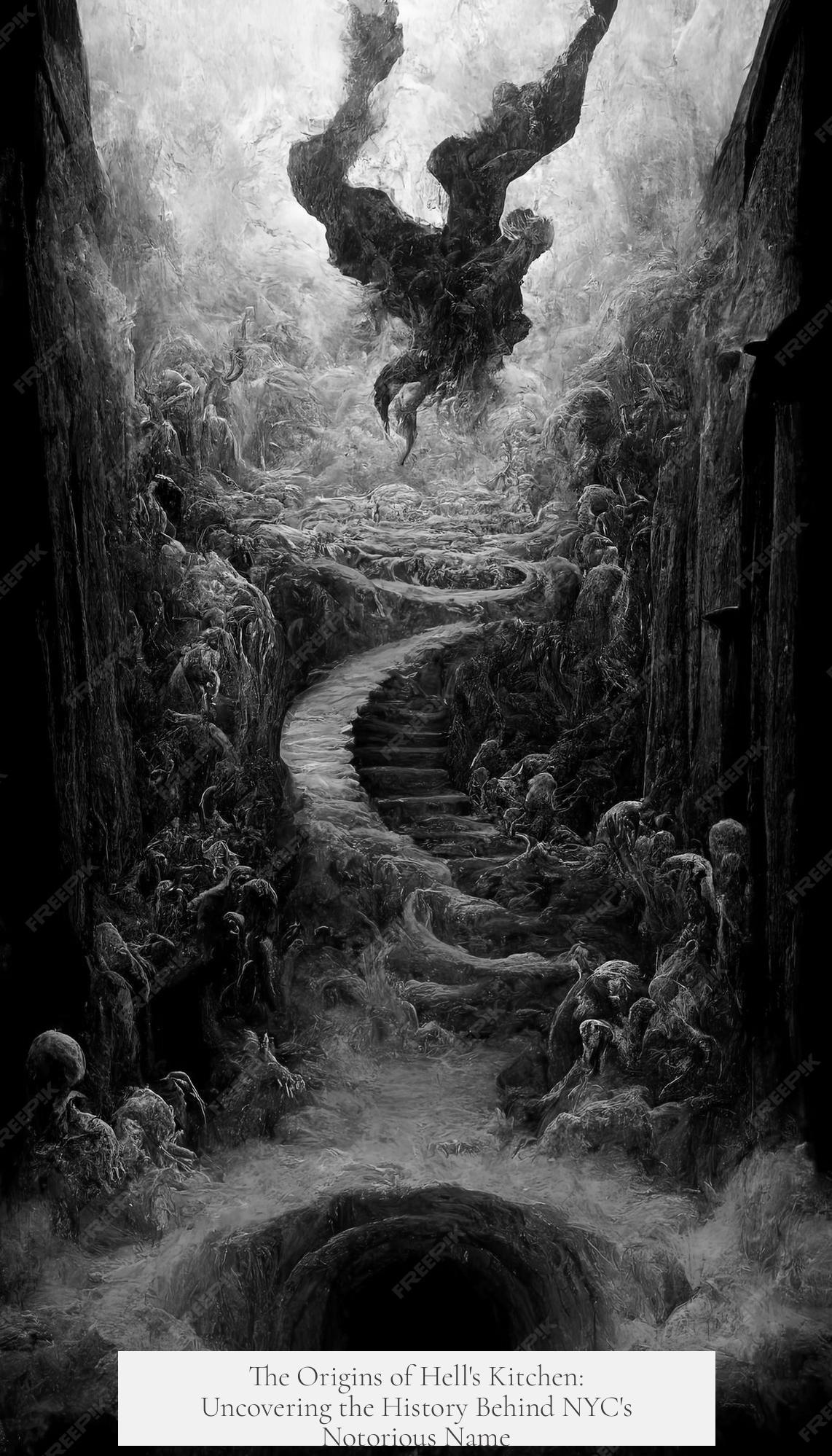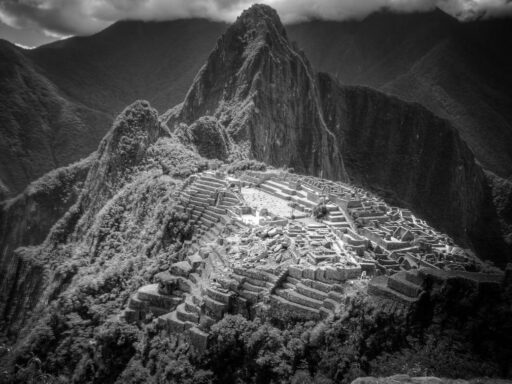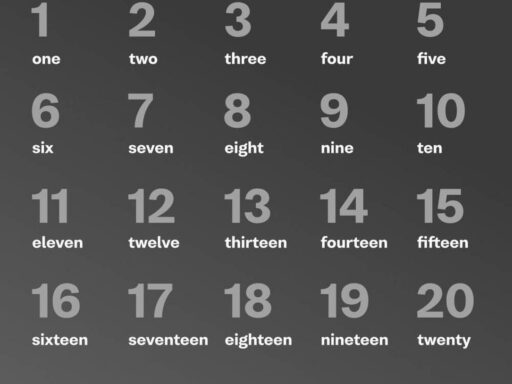Hell’s Kitchen, NYC, gets its name from a mix of historical accounts, local folklore, and early media references. The exact origin remains debated, but several key theories and stories shed light on how the neighborhood earned this vivid nickname.
One of the first printed references to Hell’s Kitchen appears in an 1881 New York Times article. It mentions a tenement located at 39th Street and 10th Avenue by that name. This early usage suggests the term may have started with a specific building or slum and later expanded to encompass the larger neighborhood. Multiple theories propose different origins, yet none convincingly explains the name’s exact start.
A notable anecdote involves a local police officer known as Dutch Fred. According to the story, when a rookie cop described the area as “Hell itself” due to its rough reputation, Dutch Fred replied, “Hell’s a mild climate. This is Hell’s Kitchen.” This tale personifies the neighborhood’s tough character in the late 19th century and highlights its notoriety.
Scholarship provides other possible sources. In “Naming New York: Manhattan Places & How They Got Their Names,” Sanna Firestein mentions a 19th-century park called Hell’s Kitchen Park, which might have given its name to a local gang, and eventually to the neighborhood. Kenneth Jackson, author of “The Encyclopedia of New York City,” identifies that either a local gang or the local police coined the term “Hell’s Kitchen” to describe the area’s harsh conditions.
Theodore Dreiser, the famous author, chronicled Hell’s Kitchen’s dangerous reputation in the 1890s in his book The Color of a Great City. He described the area as part of the West Side bounded by 36th and 41st Streets, Ninth Avenue, and the Hudson River. According to Dreiser, the name reportedly originated from the newspapers whimsically dubbing the roughest neighborhood on the West Side as Hell’s Kitchen. Dreiser also recounts grim local legends, including hostile residents who would harm strangers, emphasizing the neighborhood’s fearsome reputation at the time.
Besides street-level danger, Hell’s Kitchen holds significance in New York City’s history of race relations and civil unrest. It was the site of some of the city’s worst race riots. The Civil War Draft Riots of 1863 played out in this vicinity, notably on 8th Avenue between 39th and 41st Streets, home to many Irish workers employed in foundries. Later, violent race riots in 1899 and 1900 further destabilized the population. This tension led many black residents to relocate to Harlem, which subsequently became a predominantly black neighborhood during the 1920s.
Interestingly, a London slum once called Hell’s Kitchen existed earlier. Some historians suggest that New York’s Hell’s Kitchen name could have been borrowed or inspired by the London name. However, the possibility of independent creation remains open.
| Theory | Details |
|---|---|
| Single Tenement | Name first referred to 39th and 10th Avenue tenement (first printed 1881). |
| Dutch Fred Story | Police officer contrasts ‘Hell’ with harsher ‘Hell’s Kitchen.’ |
| Local Gang or Park | Named after a gang or Hell’s Kitchen Park in the 19th century. |
| Newspapers’ Nickname | Media dubbed the dangerous area Hell’s Kitchen whimsically. |
| London Slum | Possible borrowed name from an older London neighborhood. |
These theories give a multi-layered picture. Hell’s Kitchen arose from its tough conditions, dangerous associations, and colorful local culture. The name captures both the brutality and resilience of this once notorious neighborhood.
- First prints appear in an 1881 article about a tenement on 39th and 10th Avenue.
- Local police stories, such as Dutch Fred’s remark, reflect its harsh reputation.
- Gang activity and a park may have contributed to the name’s spread.
- Newspapers likely popularized the nickname during the 19th century.
- It was the scene of violent race riots that shaped local demographics.
- Similar names in London suggest a potential, but unproven, naming influence.
Where did Hell’s Kitchen, NYC get its name?
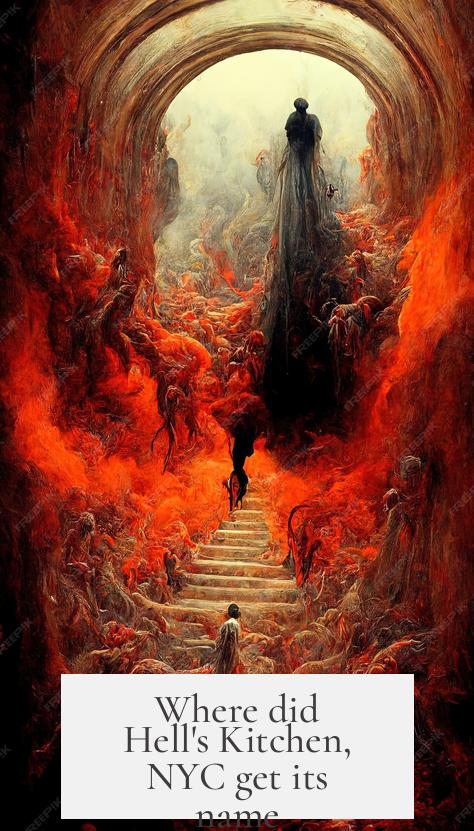
Hell’s Kitchen, NYC got its name from a mix of gritty history, colorful characters, and perhaps a dash of cop humor—all dating back to the late 19th century. That’s the short answer. Now, buckle up as we tour through fascinating, often conflicting tales that reveal why this now-trendy neighborhood earned such a fiery moniker.
First, let’s clear the smoky haze: no one can say for sure exactly how Hell’s Kitchen got its name. What we have instead are a few competing theories—each with a pinch of truth, some fun, and maybe even a bit of exaggeration. Ready to play detective?
The London Connection: Borrowed or Born in NYC?
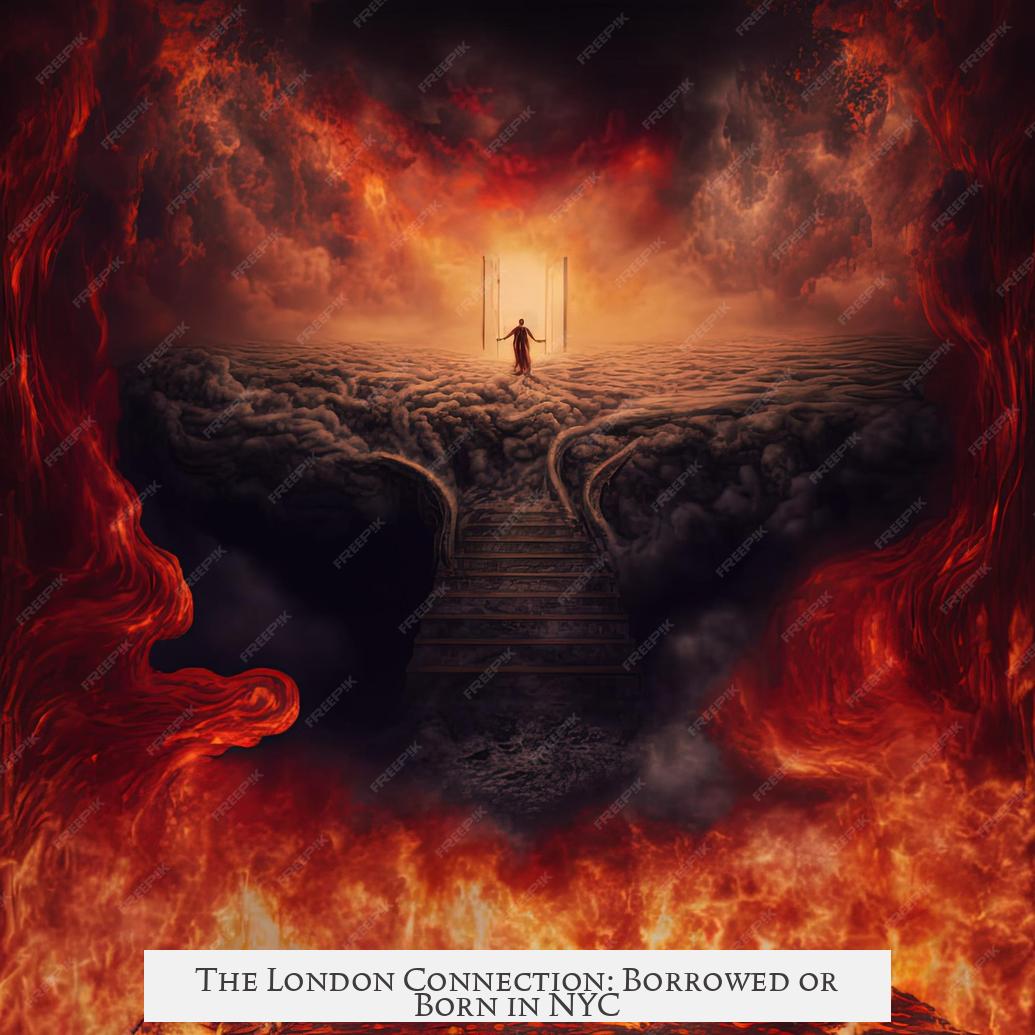
Believe it or not, Hell’s Kitchen isn’t just a New York thing. There was a London slum bearing the same name, existing earlier than the New York neighborhood’s debut.
Could someone have borrowed the name? Or maybe it was independent invention—after all, “Hell’s Kitchen” does conjure images of fire and chaos fit for a rough place.
Back in New York, the first known printed appearance of “Hell’s Kitchen” was in the New York Times in 1881. It referred specifically to a tenement at 39th Street and 10th Avenue—which may have been the epicenter of this heat.
A Gritty Neighborhood Born from One Building?
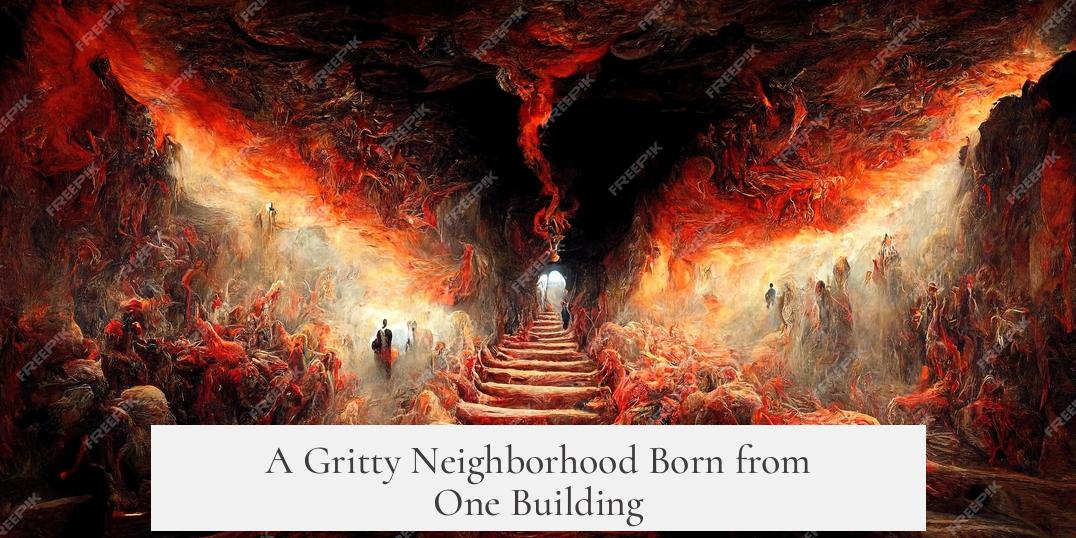
Some say Hell’s Kitchen started out as the nickname for a single building and then spread as word of mouth poured out like hot stew. Imagine the building so rough and rowdy that locals began calling it “Hell’s Kitchen” for its intense atmosphere.
This is backed by references to that notorious tenement on 39th and 10th, which might have ignited the blaze of the name.
Dutch Fred the Cop and the Rookie’s Hot Take
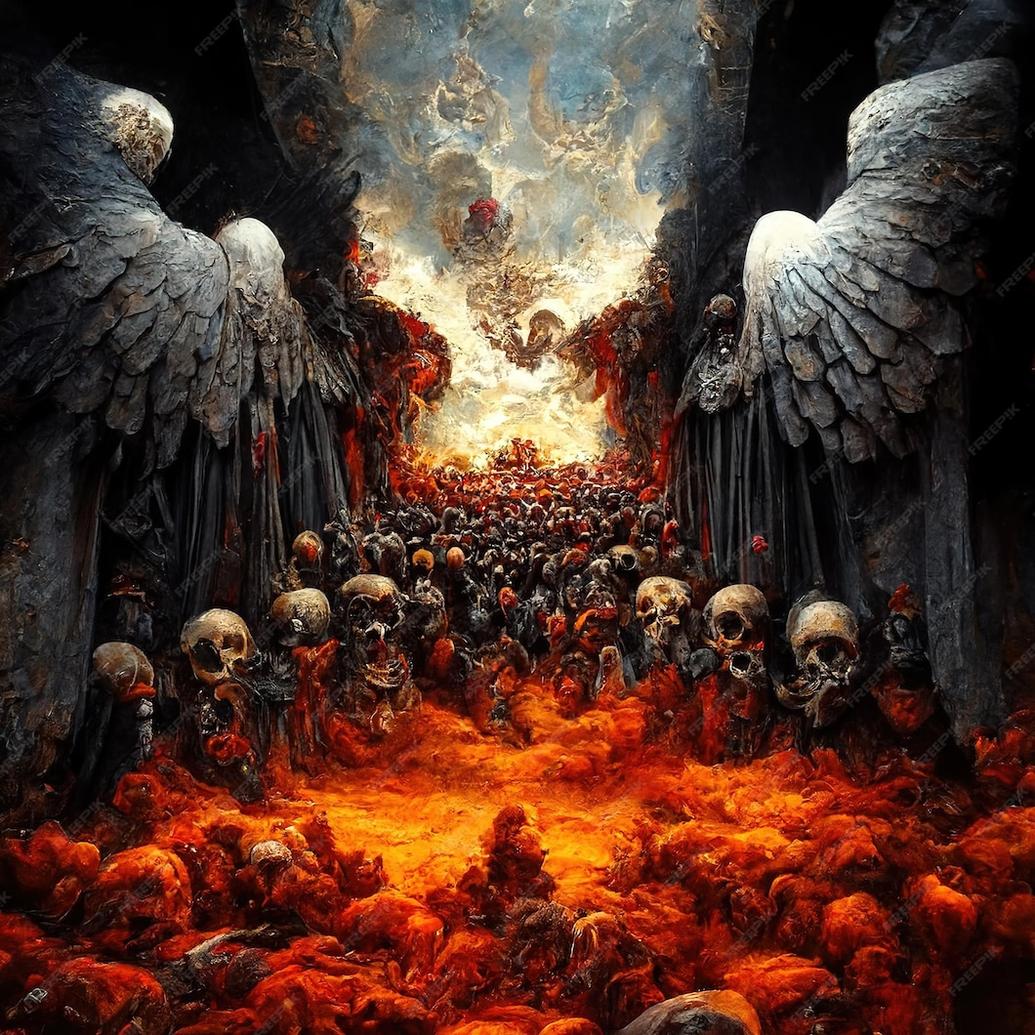
Now here is a story too good to pass up, because it includes a classic NYC cop and rookie bromance—and it’s quite vivid.
According to legend, a local cop, Dutch Fred, was showing a rookie around. The rookie, shocked by the grim reality of the neighborhood, said, “This place is hell itself.” Dutch Fred, unimpressed, replied, “Hell’s a mild climate. This is Hell’s Kitchen.”
Whether true or just New York folklore, this story captures the vibe of the era perfectly. Also, can you imagine rookie cops learning neighborhood nicknames with a pinch of humor? This, honestly, sounds like NYC street wisdom at its best.
Theories from the Bookshelves
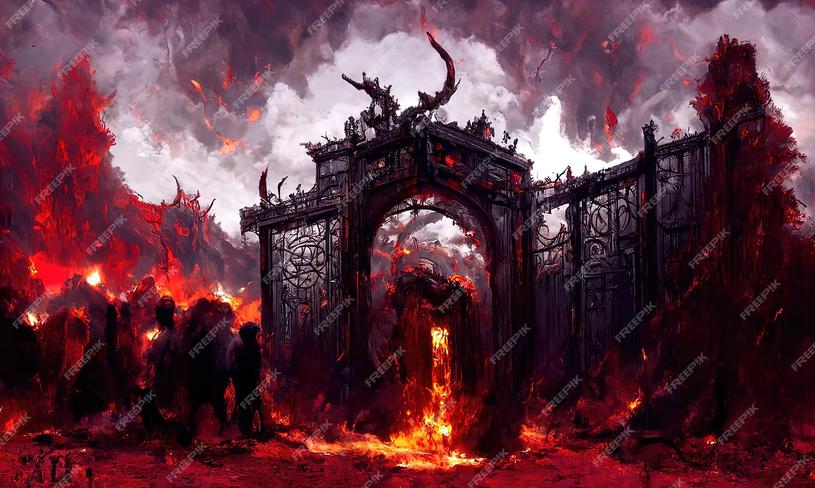
Sanna Firestein’s book Naming New York: Manhattan Places & How They Got Their Names points to a place once called Hell’s Kitchen Park in the 19th century. This park could have lent its fiery name to a local gang, which then gave the neighborhood its title.
Similarly, Kenneth Jackson’s The Encyclopedia of New York City mentions that the name could come from either gangs or local police slang.
So, was Hell’s Kitchen a gang’s turf? Or just a grim nickname tossed around by cops? The answer might be both. These gangs made the place notorious, and the police likely embraced the fiery metaphor to warn outsiders or just summarize the tough streets.
Theodore Dreiser’s Dark Portrait
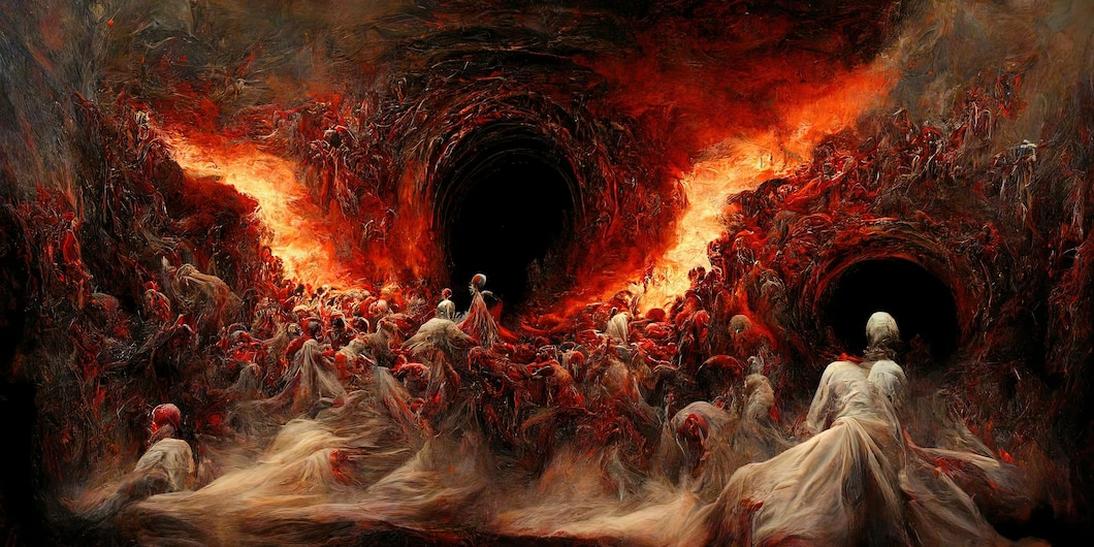
The novelist Theodore Dreiser writes in The Color of a Great City about Hell’s Kitchen in the 1890s as a place so dangerous it boggles the modern mind.
He notes residents there were known to throw stones at strangers or even invite them in for drinks, only to douse them with flammable liquids and set them on fire. (Yikes! Seems like a harsh welcome, and you only need one flaming visitor to spread the word not to accept drinks freely.)
Dreiser pins the neighborhood’s rough edges roughly between 36th and 41st Streets, Ninth Avenue, and the Hudson River, matching newspaper descriptions of the time.
His writing emphasizes one point: the name “Hell’s Kitchen” was no mere whimsy. The area was a literal hell to survive in.
Race Riots and the Heat of Conflict
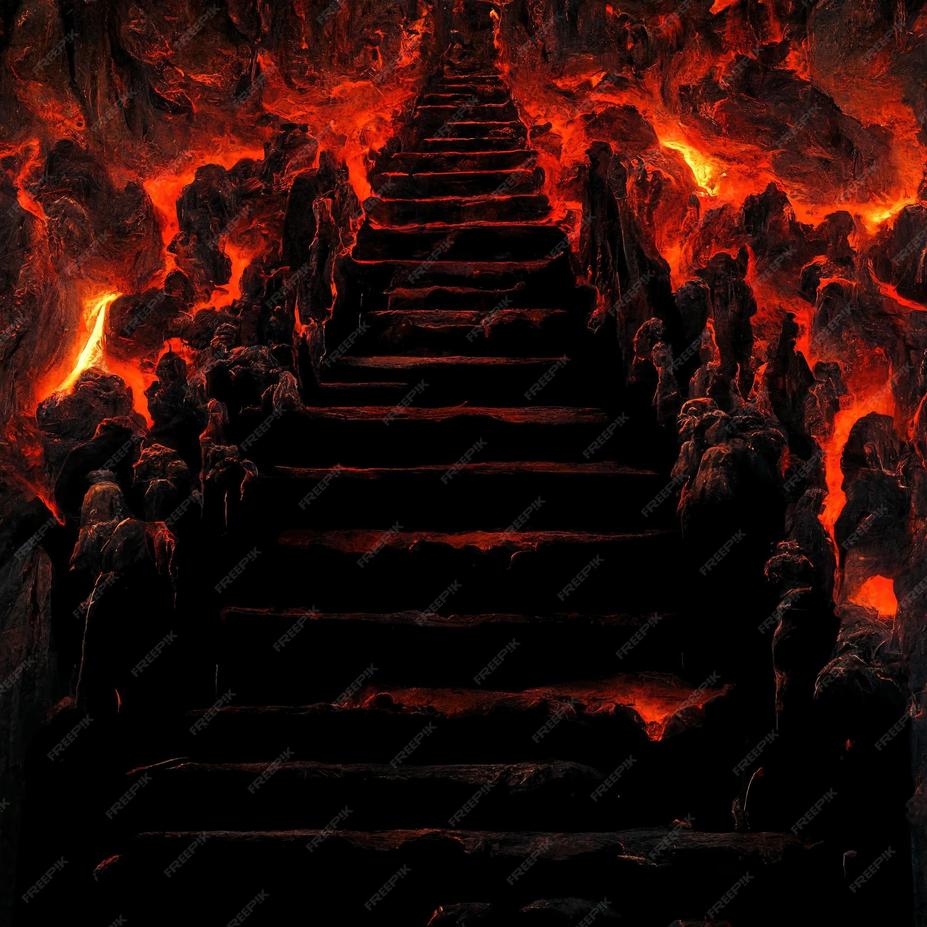
Hell’s Kitchen’s nickname also reflects its history as the site of some of New York’s most serious race riots—with racial tensions boiling over.
The Civil War draft riots of 1863 partially unfolded here, especially on 8th Avenue between 39th and 41st Streets, where many Irish laborers worked. The years 1899 and 1900 also saw major riots between black residents and recent immigrants.
The racial strife was so intense that African American residents began moving out to Harlem, which became a largely black neighborhood by the 1920s.
This turmoil marks Hell’s Kitchen as a place where the pressures of immigration, labor, and racial unrest fused into a volatile mix—reinforcing the neighborhood’s fiery reputation.
So, What’s the True Origin Then?
The honest answer: there isn’t one solid story. The name “Hell’s Kitchen” probably evolved from various sources—a notorious tenement, a local gang, police slang, and larger social conflicts.
It was likely a combo of gritty streets, dangerous reputations, and colorful characters that made the name stick. And let’s not forget the New York Times mention in 1881 that gave the nickname official ink.
If you walk the streets today, with trendy restaurants and gleaming condos, it’s hard to imagine those fiery origins. Yet, Hell’s Kitchen wears its history like a badge—reminding us that beneath the gloss, stories of toughness, rebellion, and resilience simmer just beneath the surface.
Why Does Knowing This Matter?
Understanding Hell’s Kitchen’s origin isn’t just trivia. It gives us perspective on how neighborhoods evolve. What was once a battleground for gangs and racial conflict is now a vibrant, diverse community.
History shapes identity, and Hell’s Kitchen’s fiery past fuels its unique character in New York’s mosaic—mixing grit with glitz and old tales with new dreams.
So next time you’re wandering around 9th Avenue or 39th Street, think about Dutch Fred’s warning or Dreiser’s grim scenes. You’re strolling through what was, quite literally, Hell’s Kitchen.
